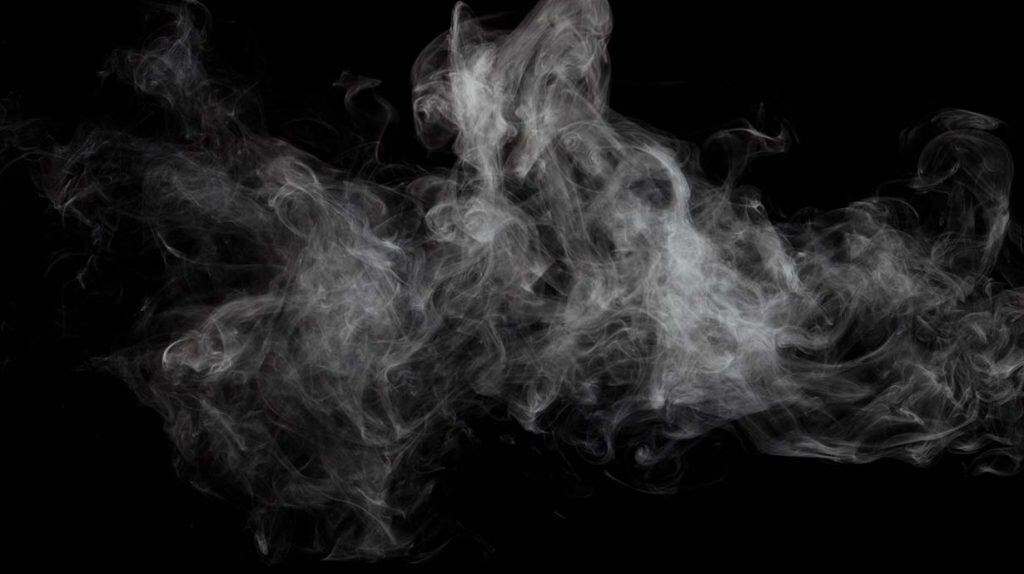Search for topics or resources
Enter your search below and hit enter or click the search icon.


Volatile Organic Compounds (VOCs) are found in a huge range of products from paints and finishes to deodorant. They are a cause for concern for the Environmental Protection Agency (EPA) and air quality boards across the USA and Europe. VOCs have been found to be a major contributing factor to the production of ozone, a common air pollutant proven to be a public health hazard. Does your current product measure up?
VOCs are defined as “any organic compound whose boiling point is in the range from (50°C to 100°C) to (240°C to 260°C), corresponding to having saturation vapour pressures at 25°C greater than 100kPa (World Health Organisation, as cited in ISO 16000-6).
Many manufacturers are being forced to reduce their VOC levels year on year. Therefore, as part of our commitment to continuous development, and prompted by a specific customer request, we sent our FORMOA 010 product for testing to determine the VOC level. The product was tested to the SCAQMD (rule 1168).
Products tested must have a VOC level of less than 70g/l in order to comply. In both tests FORMOA 010 fell well within the VOC parameters set out in this regulation. The gravimetric test result for FORMOA 010 was 18g/l and the GC/MS (more comprehensive) test result was 2.7g/l.
Clearly FORMOA 010 meets and exceeds the requirements of SCAQMD and also complies with LEED regulations – an internationally recognised third-party verification for green buildings.
Thomas is the Content Manager here at Forgeway. Thomas' job is to translate the technical jargon from the ivory tower of academia into easy-to-read content that everyone can understand. Forgeway's mission is to answer every question our customers and prospective clients ask, or are apprehensive to ask.